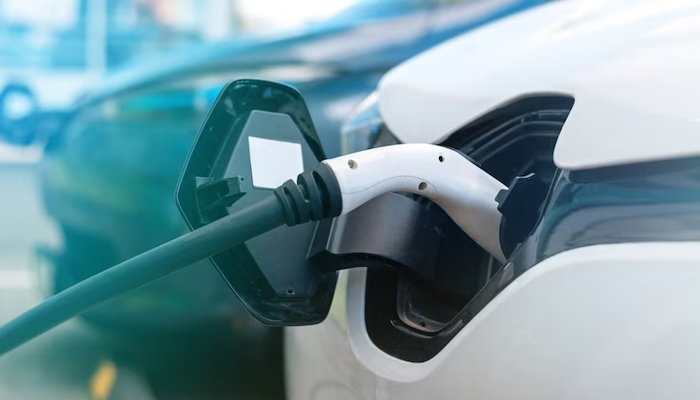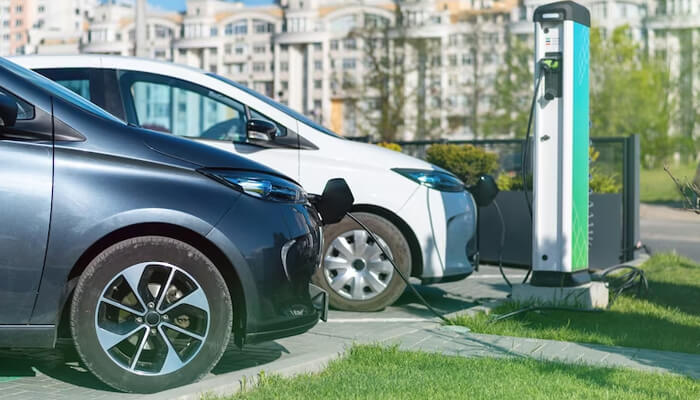According to vehicle sales data from Cox Automotive, more consumers than ever are choosing electric vehicles so far this year.
Although EV sales have been expanding steadily for the past couple of years, this year has seen a sharper increase in that trend. According to Cox, US consumers purchased approximately 300,000 brand-new battery-electric cars (BEVs) in the second quarter, setting a new record.
Not only is that more than 48 percent greater than last year, but it also represents the total number of EVs sold in 2019. Sales of plug-in hybrid electric vehicles (PHEVs), which can run on petrol or electricity and have a battery that can be charged through a charging wire or an engine-powered generator, aren’t even included in that.
In 2023, fully electric vehicle sales in the US are expected to surpass 1 million for the first time, according to a new prediction from Cox Automotive. By the conclusion of the second quarter, more than 557,000 BEVs had already been sold this year.
According to experts, several additive factors, including price reductions, a greater range of vehicles accessible, and more government and manufacturing investments, are boosting EV sales.
Director of industry research at Cox Automotive Stephanie Valdez-Streaty described the situation as “just this perfect storm of all these things coming together.”
According to Valdez-Streaty, the Inflation Reduction Act is another factor fueling sales growth.
The federal government started granting tax credits of up to $7,500 on EVs through the IRA at the start of the year, with some of the incentives dependent on where the vehicles and the electrical components were purchased and produced. The Alliance for Automotive Innovation, a nonprofit trade group, reports that only 18 out of the 97 currently available electric vehicle (EV) models qualify for the associated tax credit.
According to Valdez-Streaty, the top-selling EVs this year—the Tesla Model 3, Tesla Model Y, Chevrolet Bolt, Rivian R1T, and Volkswagen ID.4—are eligible for at least a portion of the IRA tax credit.
According to her, the market for electric vehicles is about to go through a transformation. In the upcoming year, more than half of respondents planned to purchase a new or used BEV, according to a Cox Automotive study published in June. In 2021, only 38% of consumers made the same claim.
We have early adopters, therefore the question is now, how can we start to boost sales? How can we get those potential customers to buy? stated Valdez-Streaty.
According to sales forecasts from the US Energy Information Administration, it will take several decades to convert consumer interest in EVs into a market that is dominated by them.
According to EIA forecasts, the yearly proportion of newly purchased BEVs and PHEVs flattens at around 17-19% from 2035 until at least 2050, assuming that current rules and regulations remain constant. Although consumer interest in EVs is influenced by petrol costs, the agency projects that the market share of EVs will be less than 30% in 2022, even in the case where oil prices reach $190 per barrel.
According to Valdez-Streaty, price is the largest obstacle for consumers. Although Ford and Tesla both made significant price drops this year, buying an electric vehicle still costs more than buying a typical gas-powered vehicle. According to Kelley Blue Book, the average cost of an electric vehicle in July was $53,469, compared to the $48,334 average cost of all automobiles.



